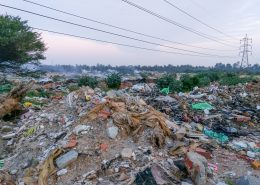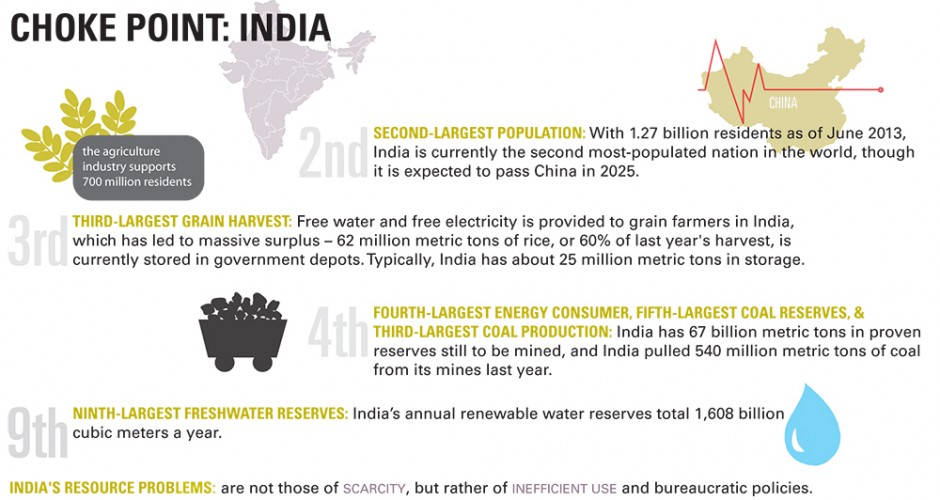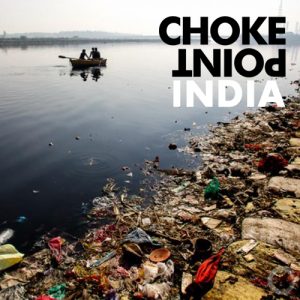 https://www.circleofblue.org/wp-content/uploads/2018/08/2016-07-India-Delhi-contamination-JGulland.jpg
722
1600
Laura Herd
https://www.circleofblue.org/wp-content/uploads/2018/06/Circle-of-Blue-Water-Speaks-600x139.png
Laura Herd2018-12-04 13:35:412018-12-11 13:33:29India faces “worst water crisis” in history Groundwater Scarcity, Pollution Threaten India’s Health, Economy, Environment, and Food Supply
https://www.circleofblue.org/wp-content/uploads/2018/08/2016-07-India-Delhi-contamination-JGulland.jpg
722
1600
Laura Herd
https://www.circleofblue.org/wp-content/uploads/2018/06/Circle-of-Blue-Water-Speaks-600x139.png
Laura Herd2018-12-04 13:35:412018-12-11 13:33:29India faces “worst water crisis” in history Groundwater Scarcity, Pollution Threaten India’s Health, Economy, Environment, and Food SupplyThe country that pumps more groundwater than any other has reached a water supply and food safety reckoning that threatens to upend political and economic stability, and long-term public health.
In this special report, building on years of on-the-ground coverage, Circle of Blue reveals how a nation of 1.3 billion people, by failing to protect its water, is courting disease and economic hardship as well as social upheaval.
Hand in hand with the groundwater depletion and contamination, is a food supply “toxic time bomb” of global implications. When irrigation wells go dry, farmers turn to untreated wastewater that is laced with industrial chemicals and human sewage.
As one villager said, “The water moved from providing life to taking lives.”

India Has Water for Its Economic Plans – If Farms Can Be More Thrifty
Delhi is running short — maybe even out — of groundwater.
A harrowing report in June warned that Delhi, along with 20 other Indian cities, could reach “zero groundwater levels” by 2020. Read More

Groundwater Plummets in Delhi, City of 29 Million
Dirty aquifers and water scarcity are destabilizing the world’s second-largest country and seventh-largest economy. As its water reserves get dirtier and smaller, India is losing the capacity to safeguard public health, ensure farm productivity, grow the economy, and secure social stability. Read More

Groundwater Scarcity, Pollution Set India on Perilous Course
After two consecutive years of weak monsoons, 330 million people in India, a quarter of the country’s population, are affected by a severe drought. More than 60 percent of agricultural land in India is not irrigated, so the failed rains are particularly devastating for farmers. The drought has destroyed crops and dried up wells already stressed by overuse, forcing rural families to move to cities. Read More
Video
Choke Point: India
Choke Point: Tamil Nadu
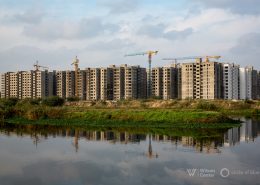
Chennai’s Security Tied to Cleaning Up Its Water
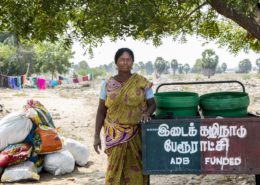
This is Tamil Nadu
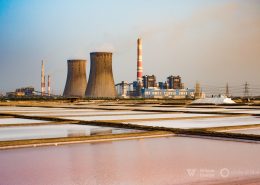 https://www.circleofblue.org/wp-content/uploads/2017/06/2017-01-India-Tamil-Nadu-DMalhotra_C4A5938-2500.jpg
1366
2048
Keith Schneider
https://www.circleofblue.org/wp-content/uploads/2018/06/Circle-of-Blue-Water-Speaks-600x139.png
Keith Schneider2017-06-14 06:42:312017-08-22 12:19:45Mindful of Water Scarcity, Cost, and Pollution, Tamil Nadu Turns to Sun and Wind Power
https://www.circleofblue.org/wp-content/uploads/2017/06/2017-01-India-Tamil-Nadu-DMalhotra_C4A5938-2500.jpg
1366
2048
Keith Schneider
https://www.circleofblue.org/wp-content/uploads/2018/06/Circle-of-Blue-Water-Speaks-600x139.png
Keith Schneider2017-06-14 06:42:312017-08-22 12:19:45Mindful of Water Scarcity, Cost, and Pollution, Tamil Nadu Turns to Sun and Wind Power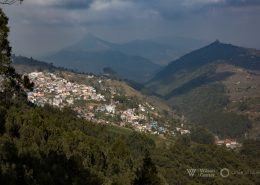
India’s Toxic Trail of Tears
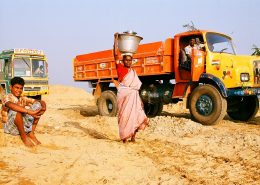
Pursuing Riches, Miners Plunder Tamil Nadu’s River Sand
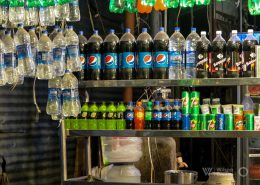 https://www.circleofblue.org/wp-content/uploads/2017/05/2017-01-India-bottled-water-KSchneider-IMG_6676-logo-2500.jpg
1180
2048
Keith Schneider
https://www.circleofblue.org/wp-content/uploads/2018/06/Circle-of-Blue-Water-Speaks-600x139.png
Keith Schneider2017-05-24 13:12:552018-12-04 11:27:01The Right to Life and Water: Drought and Turmoil for Coke and Pepsi in Tamil Nadu
https://www.circleofblue.org/wp-content/uploads/2017/05/2017-01-India-bottled-water-KSchneider-IMG_6676-logo-2500.jpg
1180
2048
Keith Schneider
https://www.circleofblue.org/wp-content/uploads/2018/06/Circle-of-Blue-Water-Speaks-600x139.png
Keith Schneider2017-05-24 13:12:552018-12-04 11:27:01The Right to Life and Water: Drought and Turmoil for Coke and Pepsi in Tamil Nadu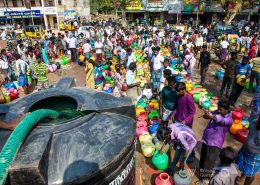 https://www.circleofblue.org/wp-content/uploads/2017/05/2017-01-India-Tamil-Nadu-DMalhotra_C4A6151-2500.jpg
1667
2500
Keith Schneider
https://www.circleofblue.org/wp-content/uploads/2018/06/Circle-of-Blue-Water-Speaks-600x139.png
Keith Schneider2017-05-12 07:18:152019-06-24 15:35:29In City Prone to Drought, Chennai’s Water Packagers Rush In
https://www.circleofblue.org/wp-content/uploads/2017/05/2017-01-India-Tamil-Nadu-DMalhotra_C4A6151-2500.jpg
1667
2500
Keith Schneider
https://www.circleofblue.org/wp-content/uploads/2018/06/Circle-of-Blue-Water-Speaks-600x139.png
Keith Schneider2017-05-12 07:18:152019-06-24 15:35:29In City Prone to Drought, Chennai’s Water Packagers Rush In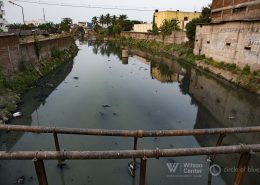 https://www.circleofblue.org/wp-content/uploads/2017/05/2015-02_C4A5036-DMalhotra-2500.jpg
1366
2048
Circle Blue
https://www.circleofblue.org/wp-content/uploads/2018/06/Circle-of-Blue-Water-Speaks-600x139.png
Circle Blue2017-05-03 13:07:132018-12-04 11:19:10Rampage of Water and Social Entrepreneurs Push Chennai to Consider New Growth Strategy
https://www.circleofblue.org/wp-content/uploads/2017/05/2015-02_C4A5036-DMalhotra-2500.jpg
1366
2048
Circle Blue
https://www.circleofblue.org/wp-content/uploads/2018/06/Circle-of-Blue-Water-Speaks-600x139.png
Circle Blue2017-05-03 13:07:132018-12-04 11:19:10Rampage of Water and Social Entrepreneurs Push Chennai to Consider New Growth Strategy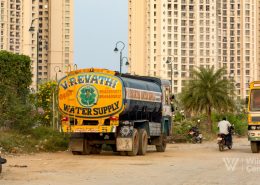
A Torrent of Water and Concrete Imperil Chennai’s IT Boom
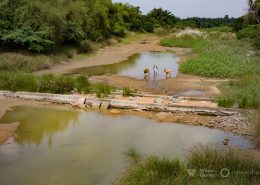
Water Scarcity Causes Cauvery Delta Anguish
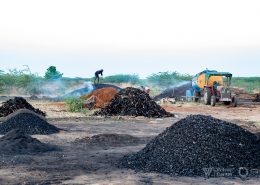
Chased by Drought, Rising Costs, and Clean Technology, India Pivots on Coal-Fired Power
Timeline of Features on India
India Features

Skepticism in Rural Northwest India as Modi Government Pushes Big Water Infrastructure Projects Instead of Small-Scale Fixes
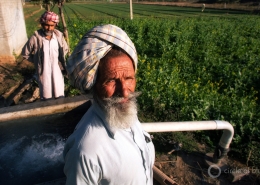
Risks to Groundwater in India’s Solar Irrigation Pump Expansion

Reporter Wins Award for His Work on Choke Point: Tamil Nadu
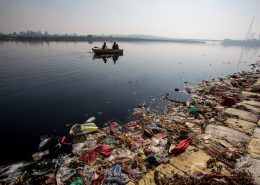
Groundwater Plummets in Delhi, City of 29 Million
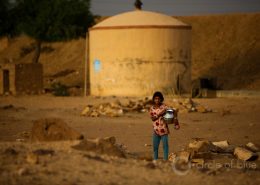
Groundwater Scarcity, Pollution Set India on Perilous Course
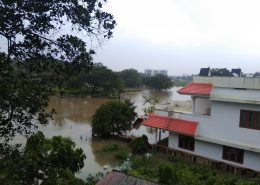
Recovery Begins in Kerala, Where Historic Flooding Killed Hundreds
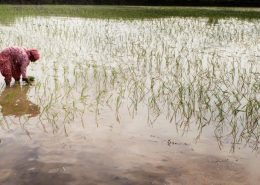
Toxic Water, Toxic Crops: India’s Public Health Time Bomb
